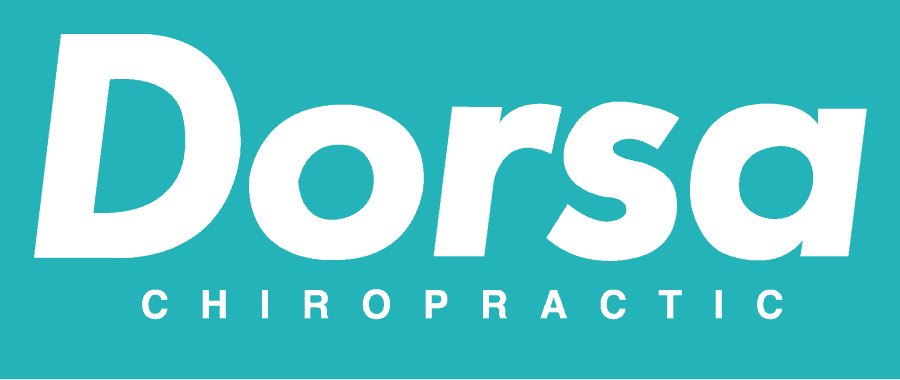Motor vehicle accidents (MVAs) are unfortunate events that can cause significant physical and emotional distress and our team at Dorsa Chiropractic of Denver is here to help you get on the road to recovery. While immediate injuries like fractures and bruises are apparent, the body’s intricate mechanisms for healing and recovery often go unnoticed. One such remarkable process is tissue remodeling. In this blog post, we will delve into the fascinating world of tissue remodeling after motor vehicle accidents, exploring how the body orchestrates a symphony of cellular activities to restore damaged tissues.
The Complexity of MVAs and Tissue Damage
Motor vehicle accidents subject the body to immense forces that can lead to a variety of injuries. From whiplash to bone fractures, contusions to internal organ damage, the spectrum of trauma is wide-ranging. As the body absorbs these forces, tissues such as muscles, tendons, ligaments, and even bones can be damaged. Tissue damage isn’t limited to the point of impact; surrounding areas can also experience trauma due to the ripple effect of force propagation.
The Healing Cascade
The human body has an astonishing capacity to heal itself. Tissue remodeling is a critical aspect of the body’s healing response after an MVA. This process involves a series of orchestrated events that aim to repair and regenerate damaged tissues. The healing cascade typically involves three phases: inflammation, tissue formation, and tissue remodeling.
-
Inflammation Phase
Immediately after an MVA, the body’s immune response kicks into high gear. This phase, marked by inflammation, is vital for initiating healing. White blood cells rush to the site of injury to remove debris and prevent infection. While inflammation is essential, excessive or prolonged inflammation can hinder healing and contribute to chronic pain. Therefore, striking the right balance is crucial.
-
Tissue Formation Phase
Once inflammation is under control, the body shifts its focus to tissue formation. This phase involves the proliferation of fibroblasts, cells responsible for generating collagen—a critical protein that forms the structural framework of tissues. Collagen provides the scaffolding upon which new tissues will be built. In the context of bone fractures, specialized cells called osteoblasts start creating new bone tissue to bridge the fracture site.
-
Tissue Remodeling Phase
As the initial tissue formation occurs, the body then enters the tissue remodeling phase. Collagen fibers are rearranged and realigned to provide strength and functionality to the newly formed tissues. This process can take weeks, months, or even years, depending on the extent of the damage. Physical therapy and rehabilitation during this phase play a pivotal role in guiding tissue alignment and promoting optimal function.
Challenges and Complications
While the body’s healing mechanisms are remarkable, complications can arise during tissue remodeling after MVAs. Scar tissue, for instance, can form as a result of collagen buildup, leading to decreased tissue flexibility and potential pain. In some cases, the body’s response might lead to abnormal tissue remodeling, resulting in conditions like hypertrophic scars or even keloids.
The Role of Rehabilitation
Rehabilitation is a cornerstone of effective tissue remodeling after an MVA. Physical therapy, occupational therapy, and other forms of rehabilitation help guide the healing process, prevent complications, and optimize functional recovery. Therapists work closely with patients to design tailored exercise regimens that gradually increase in intensity, promoting tissue alignment and strength.
Emotional Healing and Support
Tissue remodeling isn’t limited to the physical realm—it also involves emotional healing. MVAs can leave individuals traumatized, and psychological support is crucial. Anxiety, depression, and post-traumatic stress disorder (PTSD) are not uncommon after such events. Counseling and support groups can provide a safe space for individuals to process their emotions and develop coping strategies.
Motor vehicle accidents can be life-altering events, subjecting the body to significant trauma. Amidst the chaos of injuries and recovery, the body’s innate healing processes, including tissue remodeling, quietly work to restore damaged tissues and regain functionality. Understanding the complexity of tissue remodeling helps us appreciate the body’s resilience and the importance of proper care and rehabilitation in the journey toward recovery. Whether it’s bones mending or muscles regaining strength, the body’s ability to remodel itself is a testament to the remarkable power of nature’s healing touch.

Welcome to Dorsa Chiropractic. We started this practice to help people like you feel great!
When you visit us here at Dorsa Chiropractic, we’ll go over your injury, pain points, or general wellness goals. Our doctors will conduct an assessment to verify the root of your physical symptoms to come up with a plan for bringing your body back to health.

